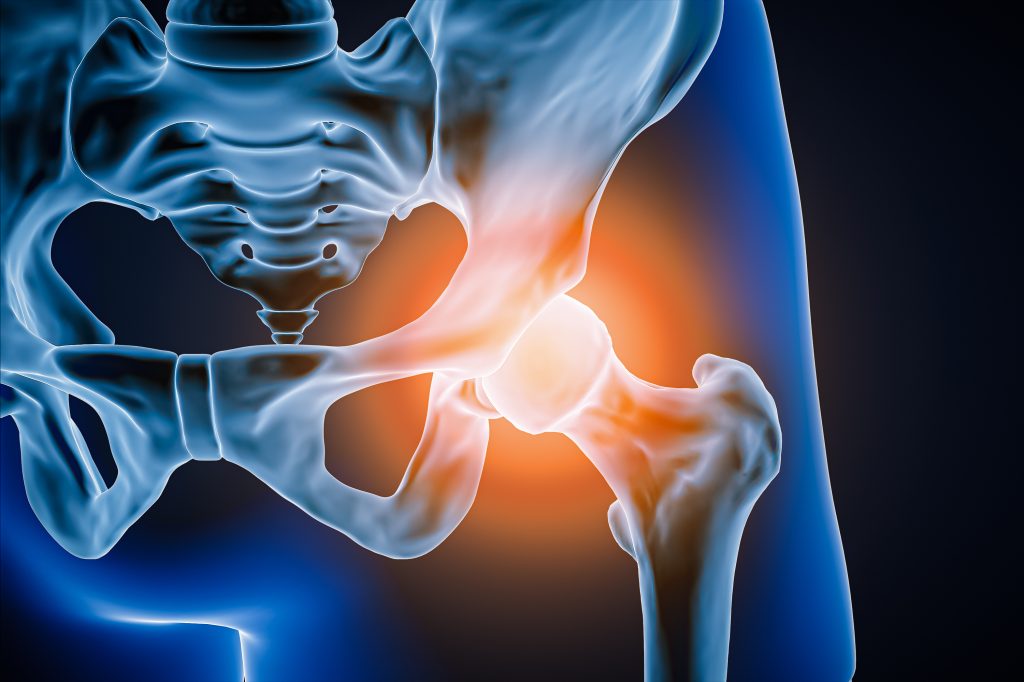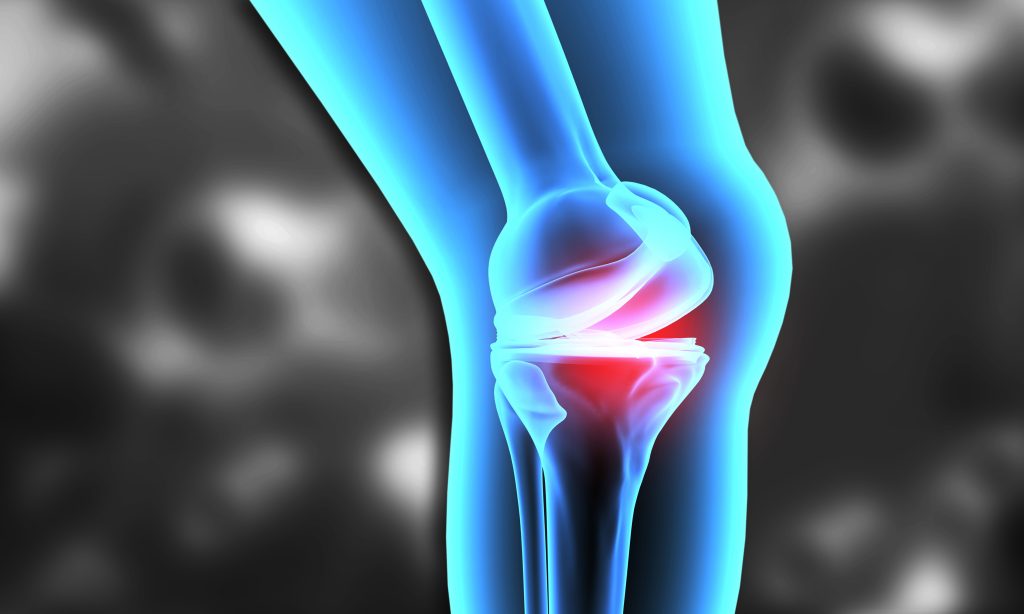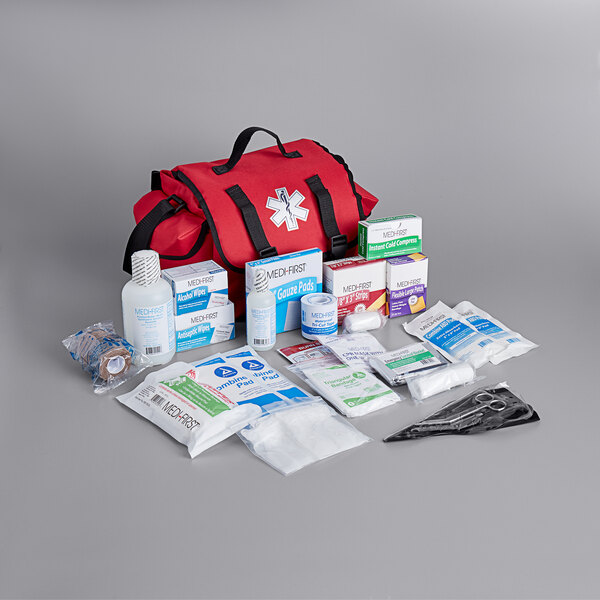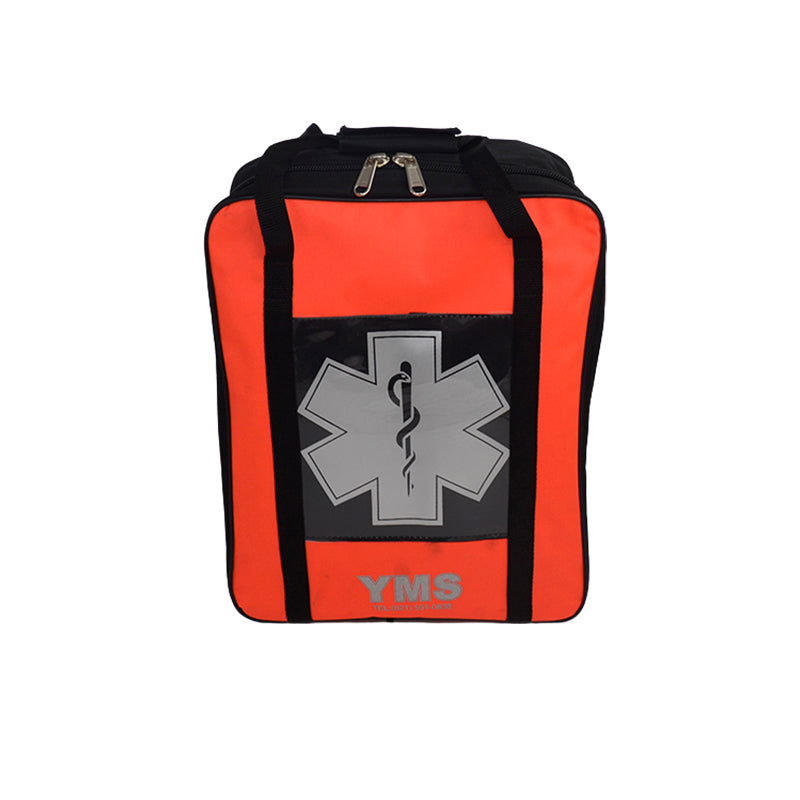Hemorrhage Control: Traumatic injuries often involve severe bleeding, which can be life-threatening if not addressed quickly. Trauma medikits typically include tourniquets, hemostatic agents, pressure dressings, and other specialized equipment to control bleeding and prevent further blood loss.
Airway Management: Maintaining an open airway is essential for patients with traumatic injuries. Medikits may contain airway adjuncts such as oropharyngeal or nasopharyngeal airways, along with bag-valve-mask devices or supraglottic airway devices for effective ventilation.
Breathing Support: Trauma medikits often include equipment for assisting or managing a patient’s breathing. This can include items such as chest seals for treating chest injuries, needle decompression kits for relieving tension pneumothorax, and equipment for providing supplemental oxygen.
Fracture Stabilization: Immobilizing fractures is crucial to prevent further damage and alleviate pain. Medikits may include splinting materials such as SAM splints, inflatable splints, or traction splints to provide temporary stability and reduce movement in fractured limbs.
IV Access and Fluid Administration: In cases where intravenous access is necessary, trauma medikits can contain IV catheters, fluids, and administration sets for fluid resuscitation to help maintain blood pressure and perfusion.
Medications and Analgesics: Medikits may include a selection of essential medications, such as analgesics for pain management, antihistamines, antibiotics, and other emergency drugs that may be needed in critical situations.
Diagnostic Tools: While trauma medikits focus on immediate care, some may also contain basic diagnostic tools. These can include stethoscopes, blood pressure cuffs, pulse oximeters, and thermometers to assess a patient’s vital signs and provide valuable information for decision-making.
Personal Protective Equipment (PPE): Considering the potential risks of bloodborne pathogens or hazardous substances, trauma medikits often include gloves, masks, goggles, and other protective equipment to ensure the safety of both patients and caregivers.













